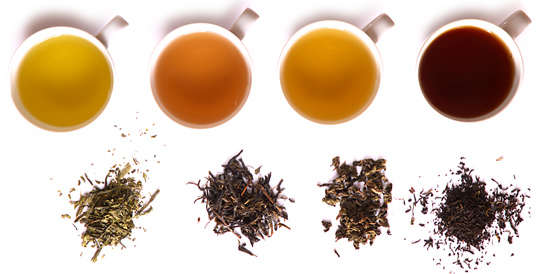 Food for Thought at ‘De Groene Offerte‘. Short thoughts on big themes or other interesting articles. This one’s a brief report on Dutch packaging design of tea and why it’s growing bigger and bigger.
Food for Thought at ‘De Groene Offerte‘. Short thoughts on big themes or other interesting articles. This one’s a brief report on Dutch packaging design of tea and why it’s growing bigger and bigger.
Read here (in Dutch only).


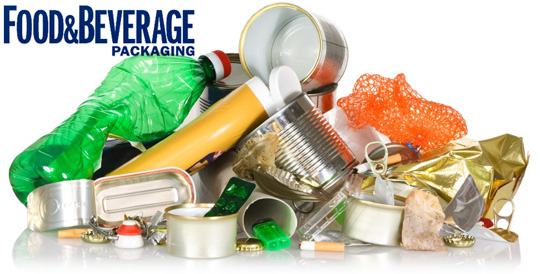 Ian Lifshitz (sustainability director for the Americas for Asia Pulp & Paper Group) wrote an interesting article at Food and Beverage Packaging on trends in sustainable food packaging. The article explains five contemporary trends: traceability, food waste reduction, labeling, reusable packaging and finally responsibly grown.
Ian Lifshitz (sustainability director for the Americas for Asia Pulp & Paper Group) wrote an interesting article at Food and Beverage Packaging on trends in sustainable food packaging. The article explains five contemporary trends: traceability, food waste reduction, labeling, reusable packaging and finally responsibly grown.
Read more here.

 Until recently, direct bottle printing was really only an option for glass bottles. But that’s changing. Today, there are a number of options for direct printing bottles, both glass and plastic. Yet another step forward in sustainable packaging design techniques.
Until recently, direct bottle printing was really only an option for glass bottles. But that’s changing. Today, there are a number of options for direct printing bottles, both glass and plastic. Yet another step forward in sustainable packaging design techniques.
Read more on the next wave of bottle and container decorating here.

 Have we given up on changing consumer behavior around package material recycling? Or, are there tools that we can use to ‘move the needle forward.’ Earth911 thinks change is possible.
Have we given up on changing consumer behavior around package material recycling? Or, are there tools that we can use to ‘move the needle forward.’ Earth911 thinks change is possible.
Read more at Packaging World

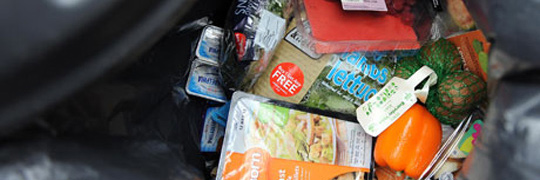 ”The primary role of packaging is protection, whether that be primary packaging to reduce oxidation, moisture change or insect/microbial access or transportation packaging to reduce crushing or other damage in distribution. It is more than coincidental that packaging usage per person is higher in the developed world and food availability is much greater. The benefits of (diverse) packaging are obvious to us but less so in many developing countries. Both use and quality of packaging is important to reduce food loss and impact sales.”
”The primary role of packaging is protection, whether that be primary packaging to reduce oxidation, moisture change or insect/microbial access or transportation packaging to reduce crushing or other damage in distribution. It is more than coincidental that packaging usage per person is higher in the developed world and food availability is much greater. The benefits of (diverse) packaging are obvious to us but less so in many developing countries. Both use and quality of packaging is important to reduce food loss and impact sales.”
Read more on packaging design and food loss at Packaging Digest.

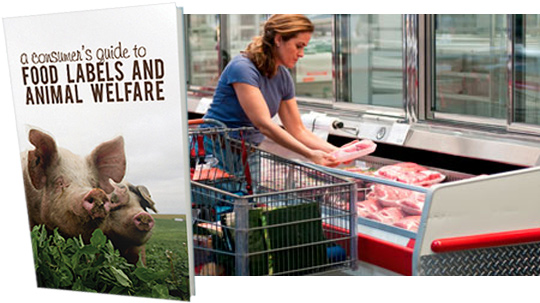 Many food labels are confusing (and some downright misleading) especially with regard to animal welfare claims. To help navigate the confusion, the Animal Welfare Institute (AWI) has released A Consumer’s Guide to Food Labels and Animal Welfare.
Many food labels are confusing (and some downright misleading) especially with regard to animal welfare claims. To help navigate the confusion, the Animal Welfare Institute (AWI) has released A Consumer’s Guide to Food Labels and Animal Welfare.
This new guide aims to help consumers who purchase meat, dairy and eggs interpret the meaning of label claims and locate products from animals who were humanely raised and handled.
More on ‘A Consumer’s Guide to Food Labels and Animal Welfare’ here.

 On January 1st, 2013, taxes on packaging in The Netherlands will possibly be abolished. Owing to an agreement between Dutch State Secretary Joop Atsma (Infrastructure and Environment) and the business world, manufacturers, importers and sellers of packaged products will be responsible for the costs of collection and recycling of plastic packaging over the next ten years.
On January 1st, 2013, taxes on packaging in The Netherlands will possibly be abolished. Owing to an agreement between Dutch State Secretary Joop Atsma (Infrastructure and Environment) and the business world, manufacturers, importers and sellers of packaged products will be responsible for the costs of collection and recycling of plastic packaging over the next ten years.
Read the complete article (in Dutch).

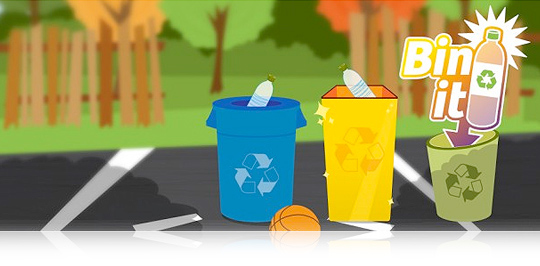 An entertaining and yet educative app for the iPhone and iPad is launched by ‘Plastics Make it Possible‘. The name? Bin It! A fun and addictive new game that challenges you to recycle your packaging and other stuff in a fun way! Bin It is a free game. Download it in the app store.
An entertaining and yet educative app for the iPhone and iPad is launched by ‘Plastics Make it Possible‘. The name? Bin It! A fun and addictive new game that challenges you to recycle your packaging and other stuff in a fun way! Bin It is a free game. Download it in the app store.

 Ryan Partnership Chicago, a leading expert in marketing campaigns for emerging and established consumer brands, did a huge research project on health and eco-consumers. One conclusion: consumers prefer a single green score on packs.
Ryan Partnership Chicago, a leading expert in marketing campaigns for emerging and established consumer brands, did a huge research project on health and eco-consumers. One conclusion: consumers prefer a single green score on packs.
”We know that consumer commitment to earth-friendly products is increasing,” says Christine Nardi Diette, president of Ryan Partnership Chicago. ”But all of the green messaging is creating more confusion than confidence. Consumers are challenging manufacturers and retailers to be clear about their commitment to sustainability.”
More? Check: www.onegreenscore.com

 ”Global standards on packaging and the environment have gained conclusive momentum with the acceptance of the draft international standard (DIS) texts this week, say industry experts. The new ISO-standards will address the optimization of packaging to minimise its environmental impact, the responsible use of heavy metals and other hazardous substances, the possible reuse of packages and the different modes of recycling (material, energy or composting). The new ISO world standards will most likely be available for use by industry, retail and any other interested organisation by the end of 2012.”
”Global standards on packaging and the environment have gained conclusive momentum with the acceptance of the draft international standard (DIS) texts this week, say industry experts. The new ISO-standards will address the optimization of packaging to minimise its environmental impact, the responsible use of heavy metals and other hazardous substances, the possible reuse of packages and the different modes of recycling (material, energy or composting). The new ISO world standards will most likely be available for use by industry, retail and any other interested organisation by the end of 2012.”
More on the new ISO-standards here and here (pdf).

